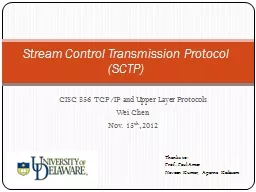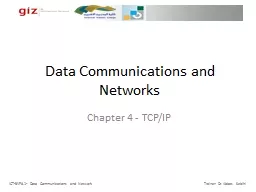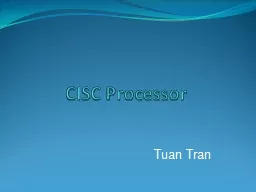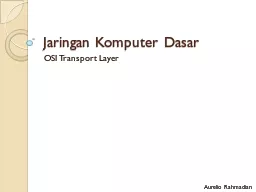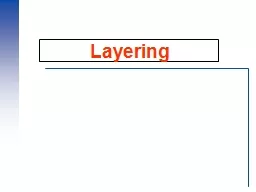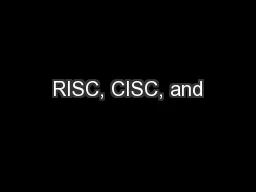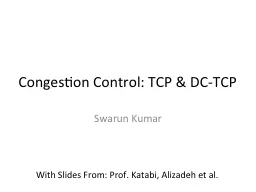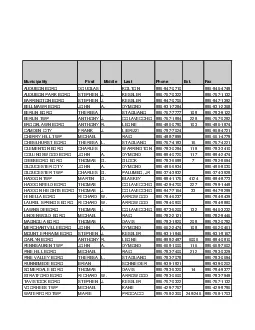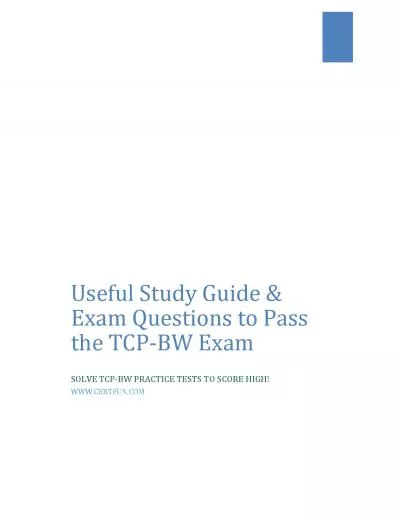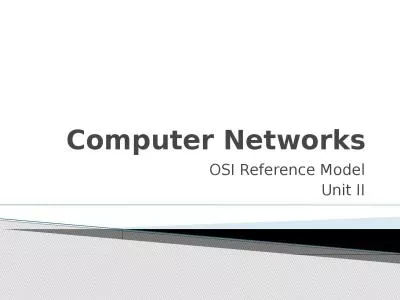PPT-CISC 856 TCP/IP and Upper Layer Protocols
Author : alexa-scheidler | Published Date : 2016-11-01
Wei Chen Nov 15 th 2012 Stream Control Transmission Protocol SCTP Thanks to Prof Paul Amer Naveen Kumar Aparna Kailasam In summary TCP vs SCTP HeadofLine blocking
Presentation Embed Code
Download Presentation
Download Presentation The PPT/PDF document "CISC 856 TCP/IP and Upper Layer Protoc..." is the property of its rightful owner. Permission is granted to download and print the materials on this website for personal, non-commercial use only, and to display it on your personal computer provided you do not modify the materials and that you retain all copyright notices contained in the materials. By downloading content from our website, you accept the terms of this agreement.
CISC 856 TCP/IP and Upper Layer Protocols: Transcript
Download Rules Of Document
"CISC 856 TCP/IP and Upper Layer Protocols"The content belongs to its owner. You may download and print it for personal use, without modification, and keep all copyright notices. By downloading, you agree to these terms.
Related Documents

